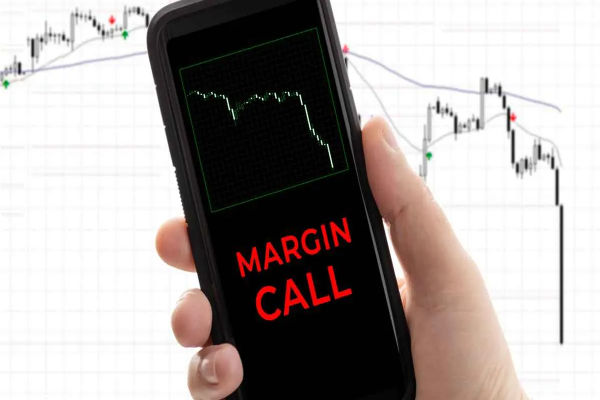Short selling in trading is a common phenomenon, very common in stocks, but not very common in foreign exchange trading.
Gaps are important because they reflect market sentiment. Therefore, understanding the concept, significance, and trading strategies of short selling foreign exchange is crucial for the success of foreign exchange trading.

What is a foreign exchange gap?
A short jump is a price breakthrough on a financial asset chart, where there is an abnormally large space between two adjacent columns.
From a technical analysis perspective, when the opening price is higher than the previous trading day's high (short) or lower than the previous trading day's low (short), the foreign exchange market will experience a short.
From the perspective of fundamental analysis, the foreign exchange gap can be explained by a strong shift in traders' sentiment towards asset prices. When there is a gap in the market, it means that there are no traders willing to sell at the gap level.
When the market gap shrinks, it means that there are no traders willing to buy at the gap level. Gaps can be divided into four types:
1. Breakthrough
Breakthrough gaps are usually formed at the beginning of an upward trend or when prices have just exited the consolidation stage. It is called breaking through the gap because prices tend to break through from previous integrations to establish new market trends.
If breaking the gap is accompanied by higher trading volume, it may be worthwhile to long the position above the gap and short the position below the gap on the candle after the gap.
2. Continuation or loss of control gap
This type of gap is formed in mainstream trends and is usually considered to appear in the middle of the trend. When an out of control gap is identified, the trader knows that the previous trend will continue and trades in the direction of the trend. Continuous or uncontrolled trading with short jumps may be one of the safest trading methods, especially when combined with other trading methods such as support/resistance or trend lines.
3. Run out of clearance
The depletion gap usually occurs in the last segment of a downward or upward trend. This is usually caused by the herd mentality of traders rushing towards trends and pushing stocks into overbought areas. Therefore, experienced traders will focus on reversal and take positions opposite to previous trends.
4. Common gaps
This is one of the least important gaps, as the name suggests, usually formed. A common gap can be formed at any time during the trading period. Common gaps are more likely to be filled within a few price bars, so they can be used for very short-term intraday trading.
Why is the gap so important?
The gap allows us to understand market sentiment. When there is a gap in the market, it means that there are no traders willing to sell at the gap level. When the market gap shrinks, it means that there are no traders willing to buy at the gap level. Another point to note is that there is a possibility of breaking through the stop loss order and closing at a worse price than the stop loss order.
The gap can sometimes lead to correcting price behavior. In other words, after the gap appears, there is a trend of price reversal and "filling" the gap.
Foreign exchange short selling strategy
Traders notice the following pattern: when a gap is formed, the price often fills the price break. Filling the gap refers to the return of prices to their original levels before the gap occurred. This usually means that the price trend will retreat to the last day before the short jump in the next few days or weeks.
The given statistical data is particularly suitable for weekly gaps, as the frequency of intraday gaps is much lower and is formed by highly influential news releases. Filling such gaps may take several days or even weeks, as news may be so important that investors may not quickly believe that prices can actually return to previous levels.
Therefore, determining the weekend price gap of foreign exchange currency pairs and entering transactions aimed at filling the gap before Tuesday's closing is a very simple and profitable trading strategy.
Gap trading rules should consider:
Classify the gaps you want to play: It is important to know which of the four gaps you have identified. A sustained gap will prolong the trend, while a depleted gap will reverse the trend - two distinct outcomes.
Asset: Search for highly volatile foreign exchange pairs, such as GBP/USD, EUR/USD, USD/JPY, and USD/CHF.
Traders need to set a stop loss for the previous few weeks' range, and the stop loss must not exceed the number of points targeted by the stop loss level.
Caution: Trading gaps mean low liquidity in the stock market, so caution must be exercised.
【 EBC Platform Risk Reminder and Disclaimer 】: There are risks in the market, and investment needs to be cautious. This article does not constitute investment advice.







